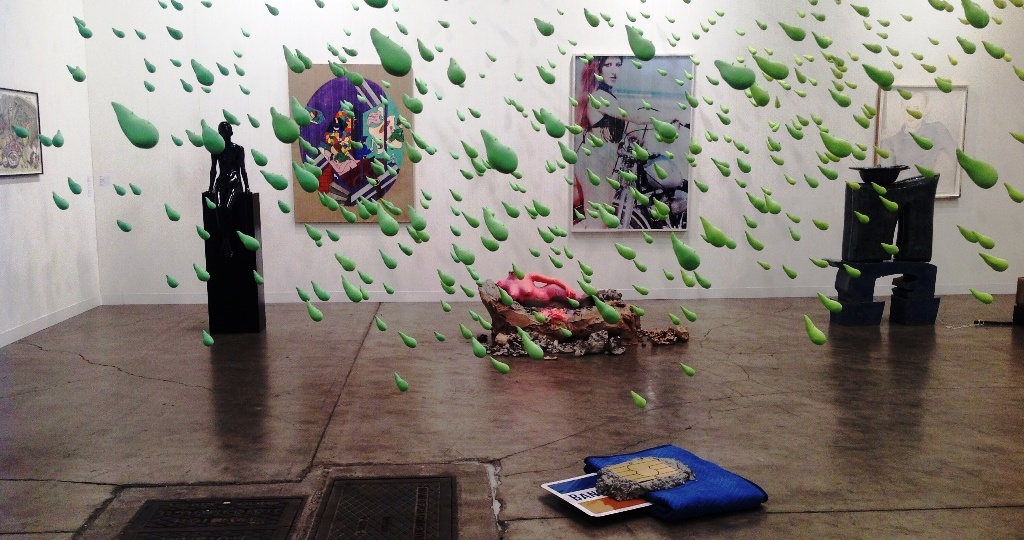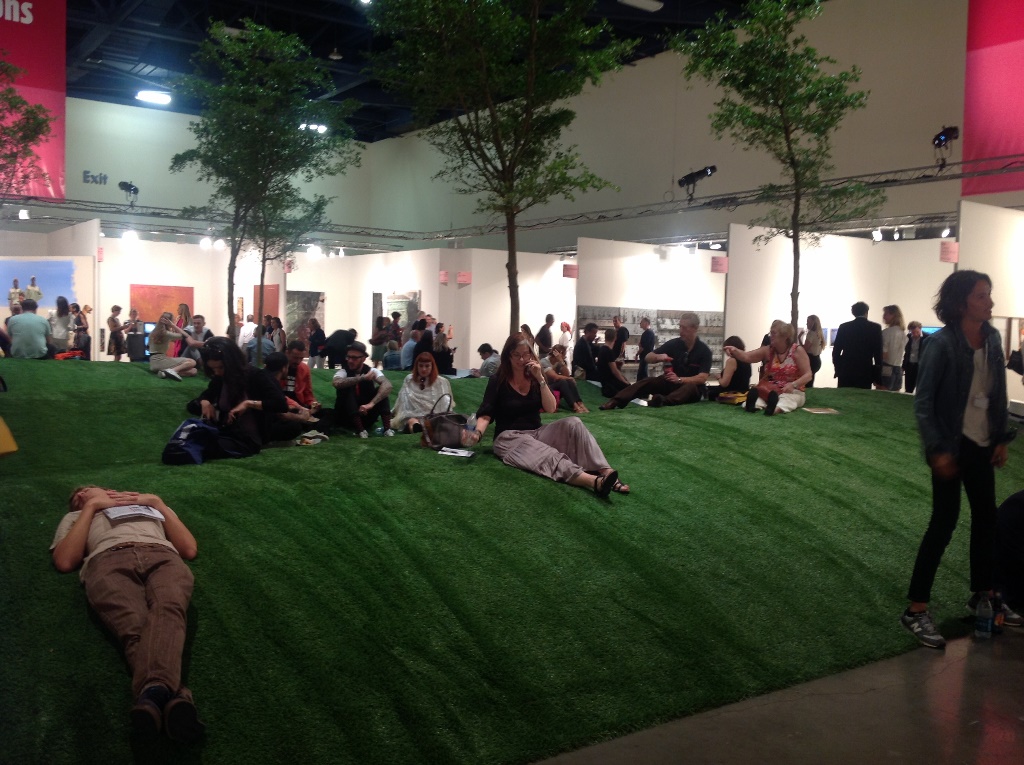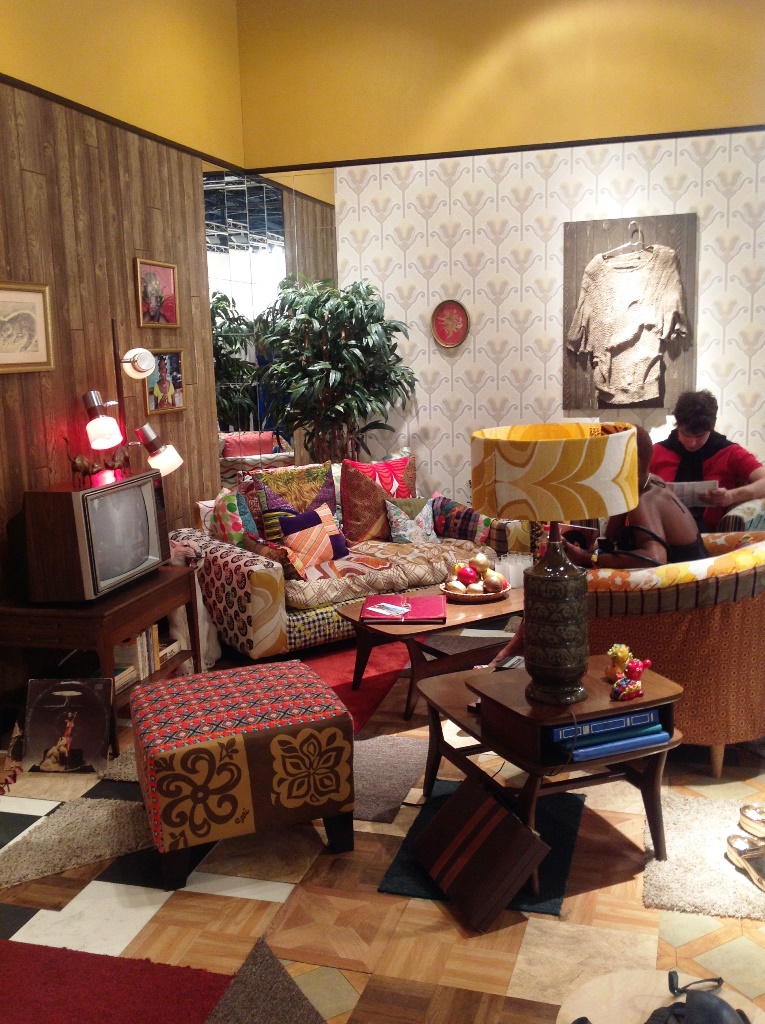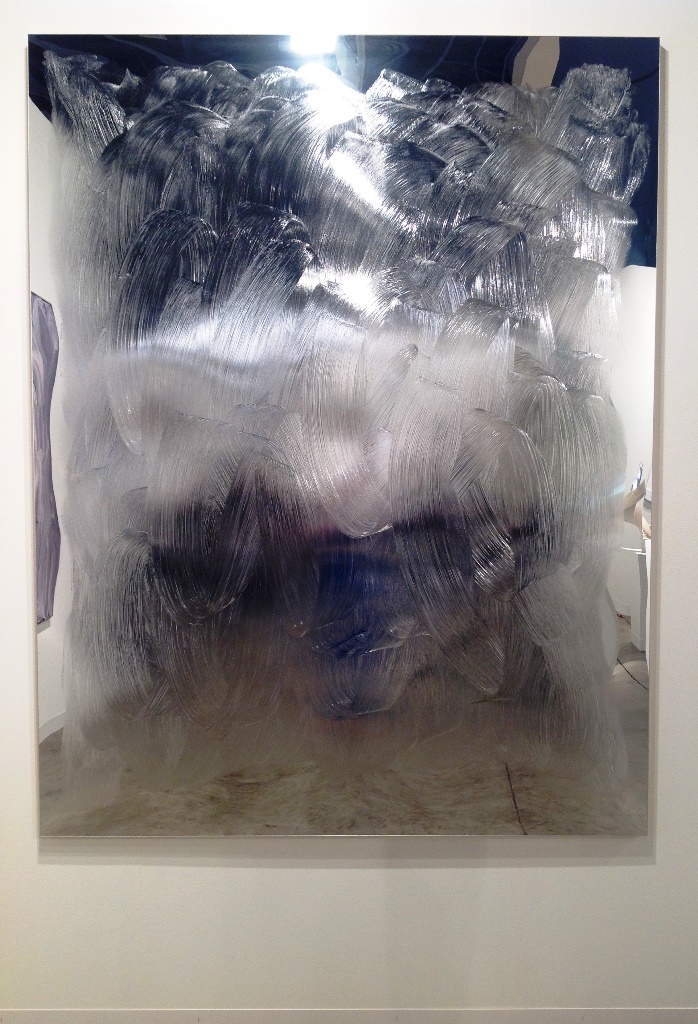
Art Basel Miami Beach 2014

Writing a review about Art Basel Miami (the biggest contemporary art-fair in the US), or any other fair, is pretty much like reviewing some sort of mega-mall. Where to start, and most of all, how to judge? By the colors, the price or the looks of the new collection? Nowhere is the commercialization of culture better demonstrated then in Miami.
The fair itself is only one part of Miami Art Week; as there is a whole ancillary of events this week all around Miami, including around 14 satellite fairs. At the 13th edition of Art Basel Miami there are 267 top-shelf galleries set out to sell their most sellable work to the richest people in the world.
It’s weird to still read actual reviews about art-fairs, as if we’re dealing with a well curated and thoughtfully put together art exhibition. As art fairs are mainly about economy and marketing. Unseemly for many reasons, galleries seem to depend on them for new business, collectors hoping to find a breadcrumb-trail leading towards the new big thing and maybe – not surprisingly – hardly any artist is found on the premises.
The market can’t afford artistic nativity or romanticism, the cheapest booths at Art Basel Miami cost $40.000 the expensive ones up to $120.000. So money needs to be made. This means art worth an estimated $3 billion and a fair which is the vocal point of billionaires and celebrities swarming around Miami’s fairs, dizzing array of pool parties, breakfasts, brunches, beach parties and dinners. Private-jets all across Miami are booked out till Sunday. Spanish is without a doubt the most spoken language at the fair, at the cafeteria, the booth and a lot of collectors from South and Central America come to this fair due to it’s location.
The fair has been always been divided into sectors, and this year is the debut of a new one: Survey, with 13 galleries featuring art-historical presentations. Such as the James Fuentes Gallery, who is presenting Alison Knowles’s large installation Big Book (2014). At the Kabinett sector, where galleries devote part of their booth to multiple works by one artist, the Kavi Gupta gallery showed Mickalene Thomas’ work in a ready-made room.

As engagement or politics isn’t exactly collectable – and if it were, how would it look above your bed or dining table, let alone a penthouse on Park Avenue- it isn’t given prime retail space at the Art Basel mega-mall there isn’t a lot of art questioning it all. If you look behind the Jeff Koons’, Picasso’s and Warhols you can find it; tucked away in the Positions sector, where emerging artists with exciting projects such as the booths of Carroll/Fletcher and SlyZmud gallery are showing.
The hottest material on the art fair and maybe even in the art world at the moment is transparent acrylic. Used on plexi glass, paintings, digital painting or mirrors the material embodies the effect of paint. At the Kewenig booth artist Bertrand Lavier used it on mirror, where it looked like Vaseline.

When I sit down in a Starbucks around a windy and rainy corner from the fair, as the Wifi inside isn’t working, the wealth seems very far away. I feel somehow disgusted. As if I’ve been to a all-you-can-eat-art buffet for the last 48 hours., and unfortunately art fairs don’t come with sickbags.
Enjoy!
Art Basel Miami Beach
4-7 december 2014
Mirthe Berentsen


